Potential causes of pain in the thigh!

Thigh pain can result from muscle strain, nerve issues, joint problems, or underlying conditions. Identifying the cause is key to effective treatment.

Thigh pain can result from muscle strain, nerve issues, joint problems, or underlying conditions. Identifying the cause is key to effective treatment.
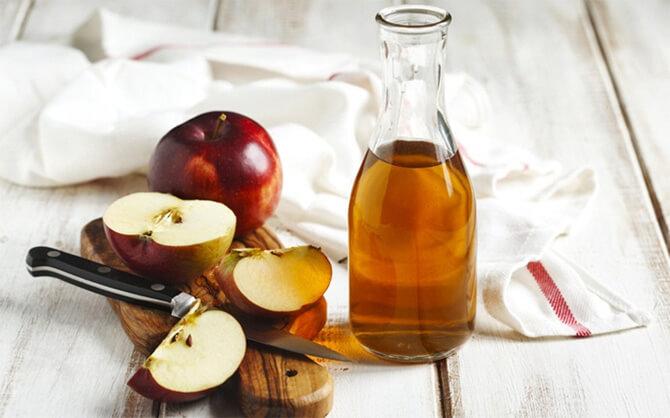
Apple cider vinegar offers health benefits but may cause side effects like enamel erosion or digestive issues. Use it carefully and in moderation.

Shoulder blade pain may result from muscle strain, poor posture, or underlying conditions like nerve issues. Recognize these causes to address the discomfort.
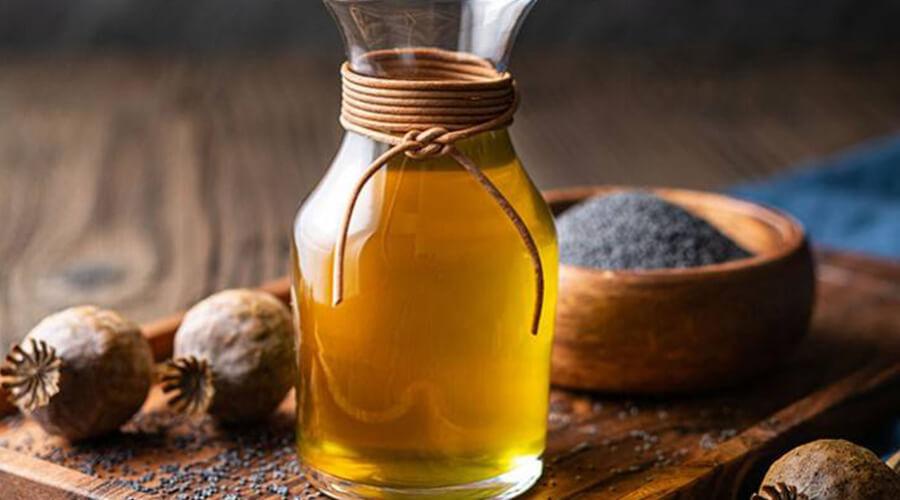
Cold-pressed poppy seed oil may support bone health by providing essential nutrients and anti-inflammatory benefits that promote stronger bones and joint function.
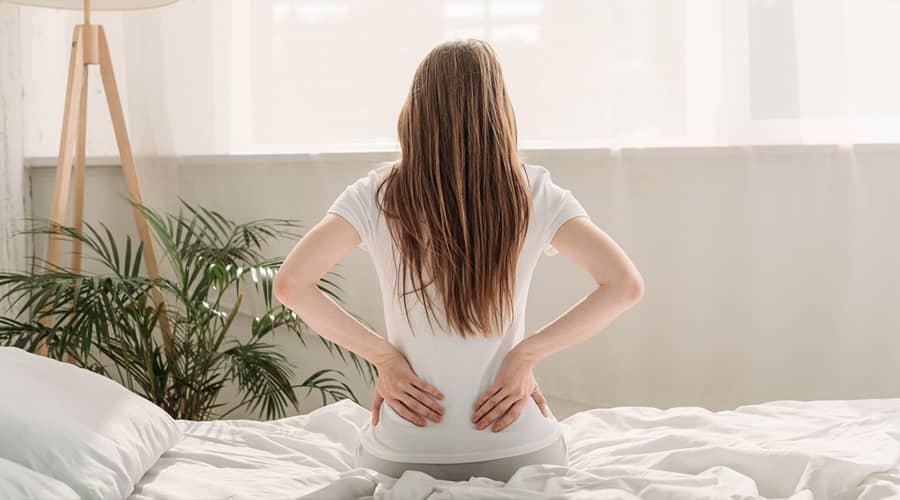
Learn effective treatments for a pulled back muscle, including rest, ice or heat therapy, stretching exercises, and over-the-counter pain relief to aid recovery.

Discover simple and effective methods to alkalize your body at home, such as drinking alkaline water, eating alkaline foods, and reducing acid-forming habits.

Neck swelling can be caused by conditions like infections, lymph node enlargement, thyroid issues, or injury. Identifying the cause helps in proper treatment.

Leg pain can arise from various causes, including muscle strain, nerve issues, poor circulation, or conditions like arthritis. Let’s explore the key factors.
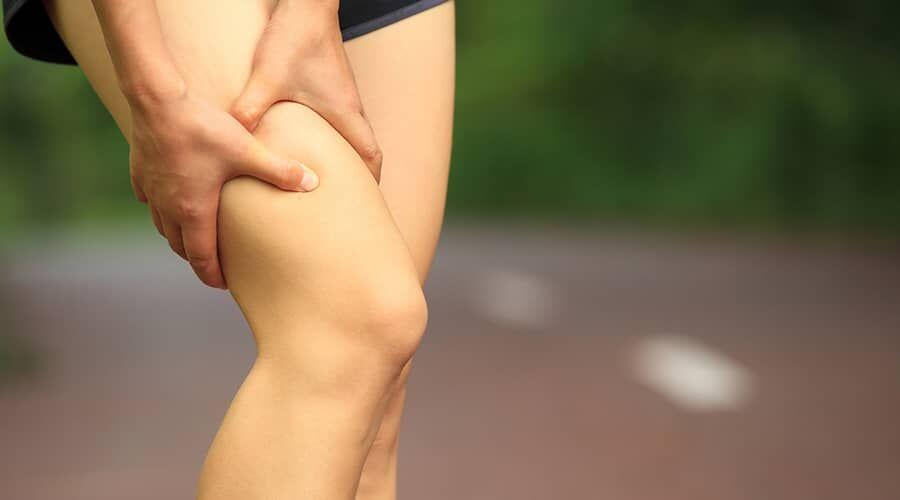
Muscle breakdown symptoms include weakness, pain, and fatigue. Treatment options involve rest, hydration, proper nutrition, and sometimes medical intervention.
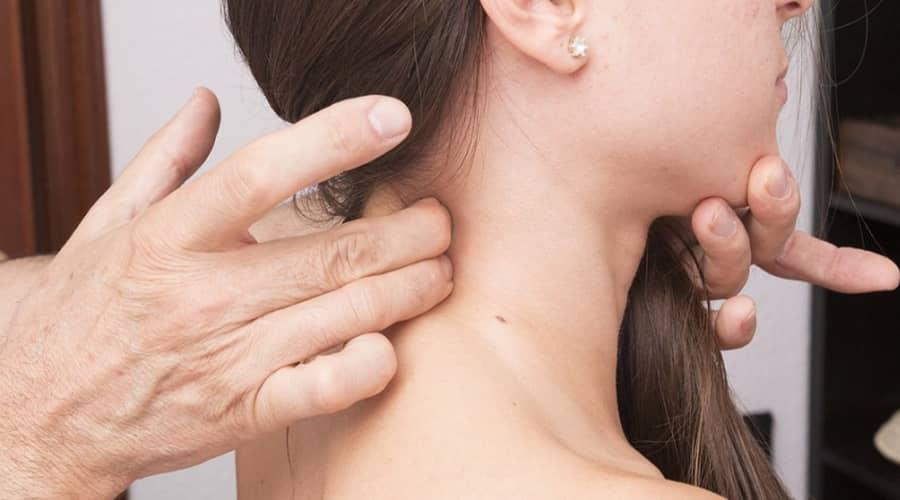
Learn effective ways to relieve a stiff neck, including stretching, applying heat or cold, practicing good posture, and using over-the-counter pain relief.